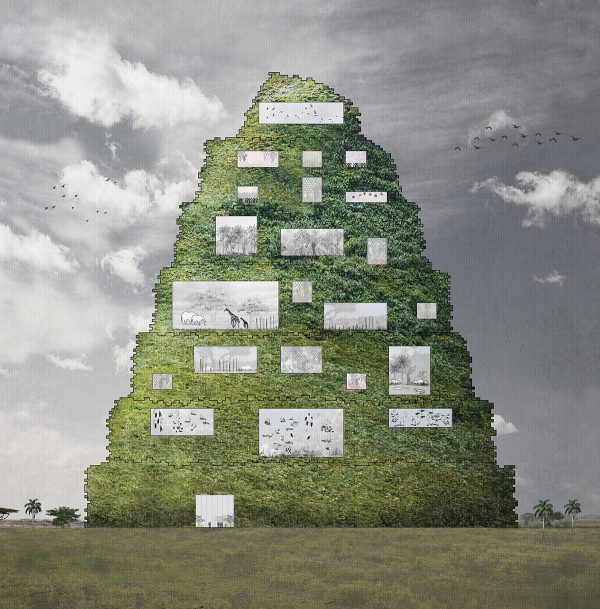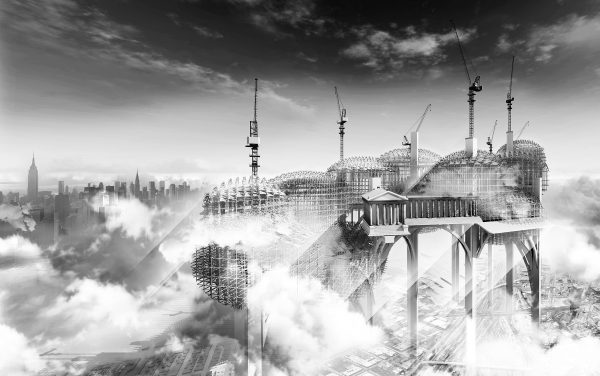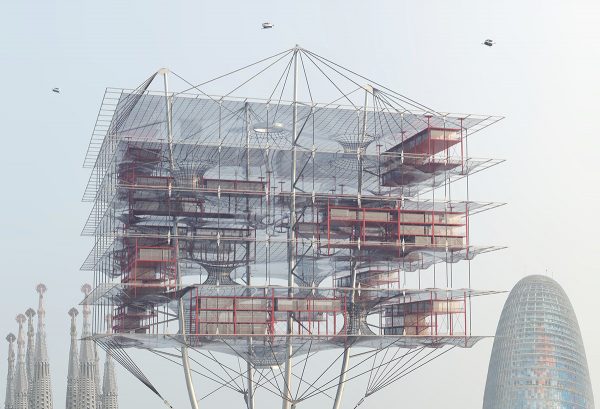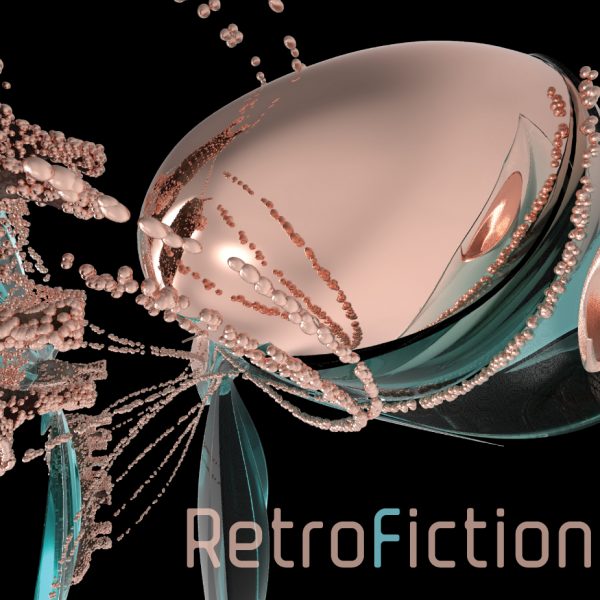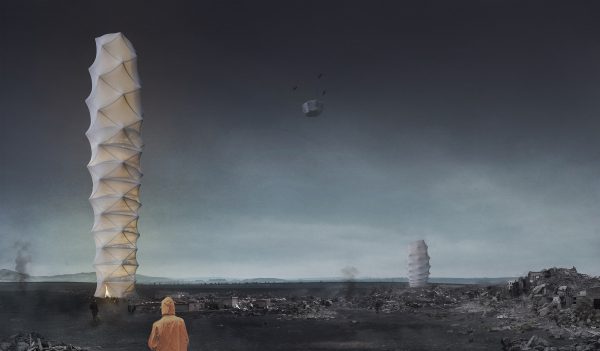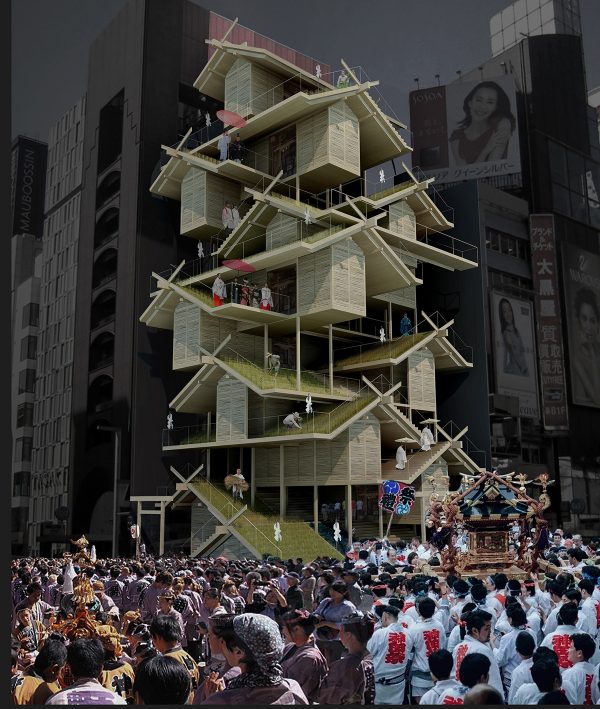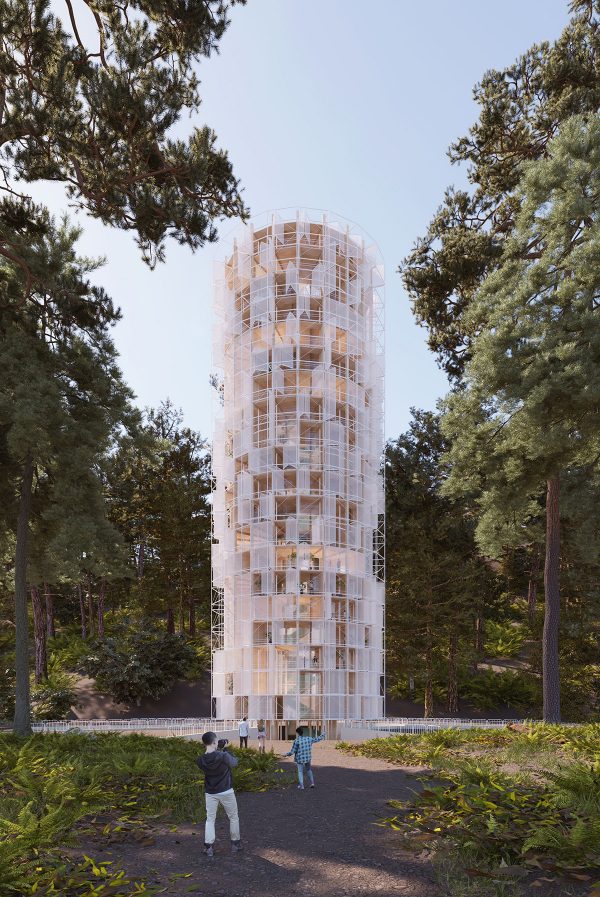Editors’ Choice
2018 Skyscraper Competition
Tomasz Wagner, Marta Jagoda, Agnieszka Dominik
Poland
Safe and proper utilization of wastes, which contains dangerous components, is a challange for many industrialized countires. Developed countires produce more and more rubbish and instead of dealing with difficulties concerning proper disposal of wastes they export it to the countires of Third World, where processing of used electronics is the least expensive. Transfering wastes to the countries of Third World is forbidden by international law.
Ghana is one of the countries in which are stored e-wastes from all over the world. The most affected region is Agbogbloshie. Agbogbloshie is slums located in center of Ghana. It is one of the most contaminated place in the world. It’s the enourmous e-waste dump.Thousands of workers burn wastes and remove useful elements from electronics. Black, thick smoke rises up over the rubbish dump, which poison people and enviroment. In this area the most poor people spend all days. They hazard their health and life working in resource valueable materials from e-wastes. Most of e-wastes, which are transfer to Agbogbloshie, at first land in Durban city in RPA, Bizerte city in Tunesia and Lagos city in Nigeria. Delivers contain dangerous materials avoid Bazylea and Bamako convention.
After getting to Ghana delivers gets to illegal plant in Akra where used electronic devices are stored on dumps such as Agbogbloshie. E-wastes, which are renewed or recycled, are delivered to agent who transfer junk and scrap metals to international recycling companies in Europe, China and India. Not valuebale and not resourced components of e–wastes are burned. In result of inappropriate recycle the toxic pollution and heavy metals are reached to enviroment. Wastes which are left on fields and near to water tanks are eaten by land and water animals what has an influance on enviroment degradation. Authorities of Ghana multiple times proposed destroying of Agbogbloshie, but this solution doesn’t solve the problem only transfer to other place. Read the rest of this entry »

